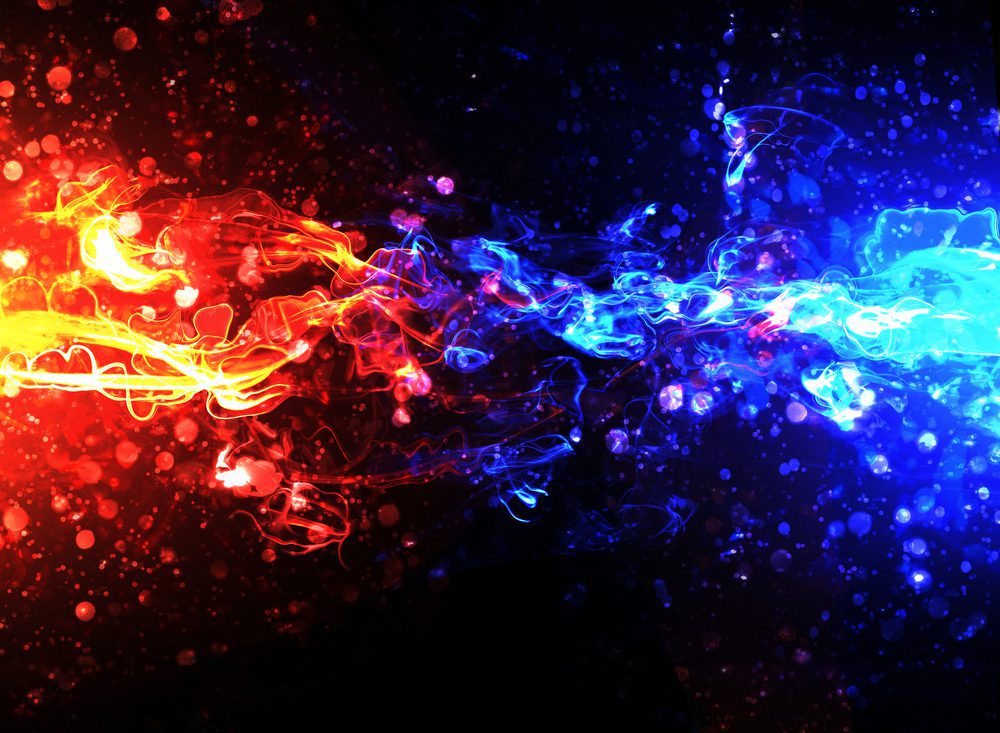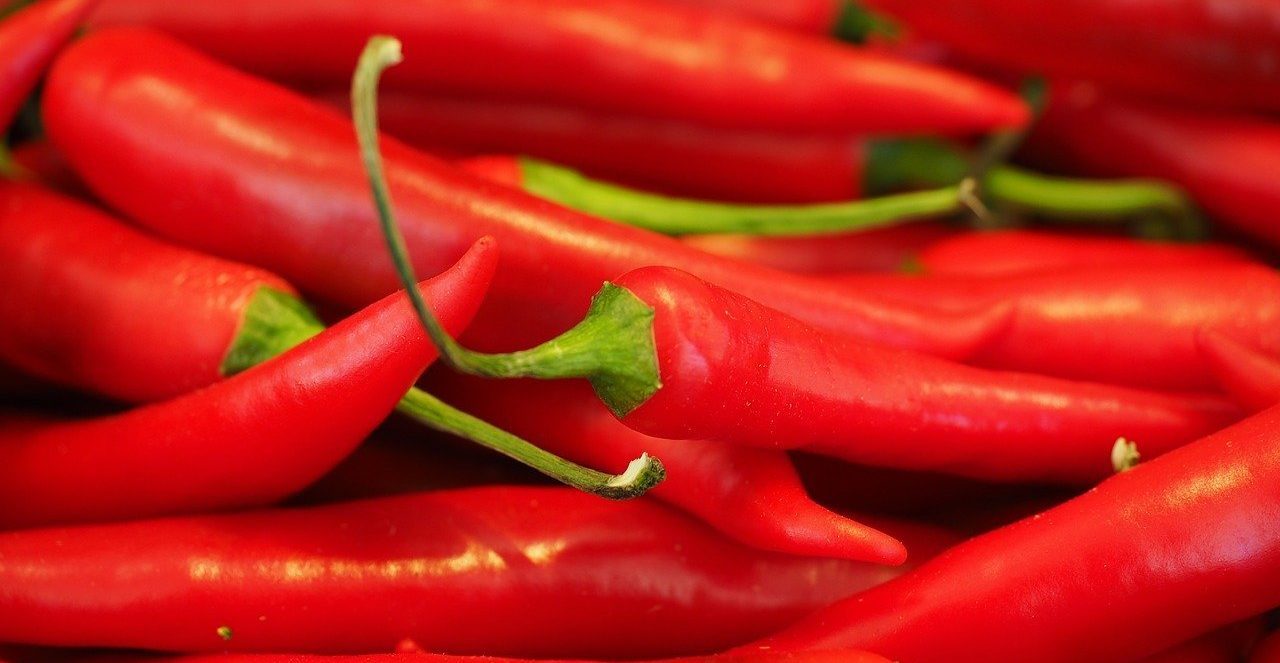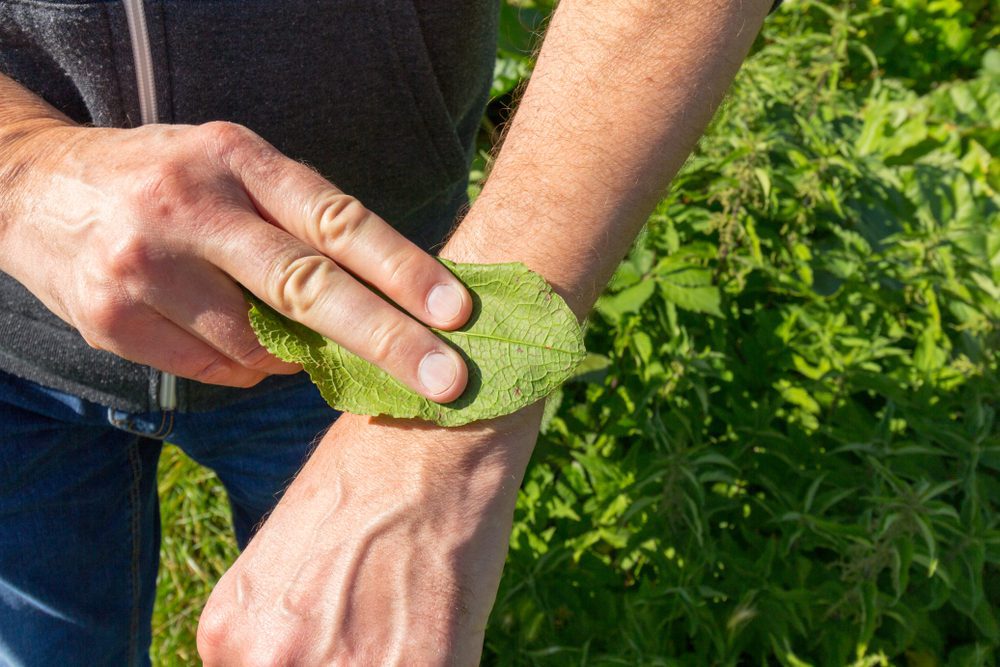
In my last article I reviewed the efficacy of NSAIDs (non-steroidal anti-inflammatory drugs). In this article I will look at four other common ways to treat pain: using heat, cold, anaesthetic and opioids.
Heat
Capsaicin, the “hot” ingredient of chilli, is surprisingly close to chronic pain. The TRPV1 receptor on the small C nerve cell triggers both a chronic pain signal and a “hot chilli” sensation. This is a boon to researchers into chronic pain because it means capsaicin response is the perfect proxy for chronic pain and there is also some evidence that it can ease chronic pain. The exhaustive Cochrane Review into topical analgesics concluded:
This isn’t hugely persuasive but it does tell us something is happening, though unfortunately not without side effects:
Which can hardly be a surprise.

Cold
Menthol and eucalyptus create the sensation of cold, or indeed heat, as both are the active ingredients of “Deep Heat”.
The Cochrane Review never examined menthol or eucalyptus for either acute or chronic pain.
The benefit for acute pain and inflammation is not in doubt. Alternating hot and cold, as simulated by these patches, is indeed one of the best remedies for inflammation. The effect is to augment the blood flow around the inflammation which causes it to be reduced.
The blood flow will be augmented for chronic pain sufferers also but the analgesic effect will not be the same as there is much less inflammation and the acute pain nociceptors are not involved.
Anaesthetic
Neural signals are electrical and they are created by the distribution of ions in and around cell membranes. Sodium, potassium and calcium are the most prevalent in this scheme and the sodium ion channel is the principal pathway for pain signals. Lidocaine gel or patches flood the zone with sodium ions, occupy all the sodium receptors and in so doing block all other activity along the sodium ion channel, causing local numbness as the pain signals now have no channel to the brain. As the lidocaine disperses in the body the effect wears off.
The painkilling effect is local and of short duration and according to the Cochrane Review, which included lidocaine, it has no effect on chronic pain. Its best use is for insect stings and nettle rash.

Opioids
Codeine is processed by the liver where it becomes morphine and acts as an opiate in the central nervous system to prevent pain signals reaching the brain. It works but individuals vary in their ability to process codeine into morphine and, as a consequence, the painkilling benefit varies hugely between individuals.
It is generally regarded as having about a tenth the efficacy of morphine itself and in very modest dosages can be sold over-the-counter. It is nevertheless still an opioid and as such highly addictive, highly toxic and can cause death by overdose.
It is clear that the time has come for an alternative pain treatment.



